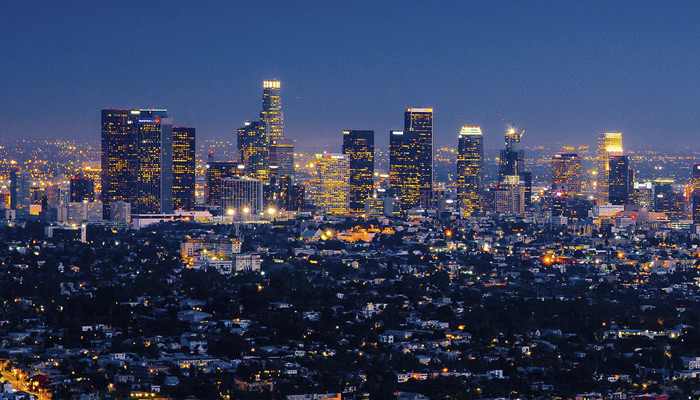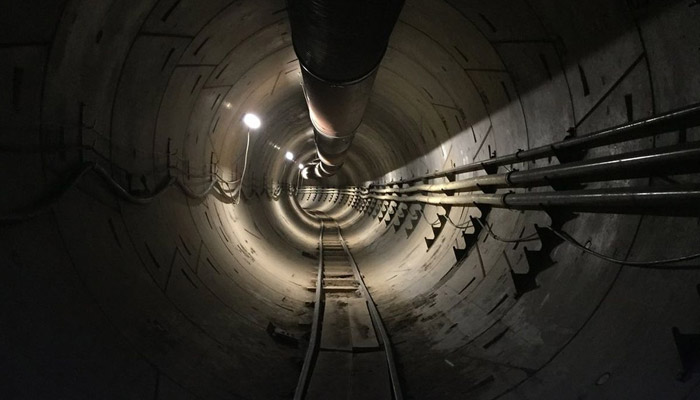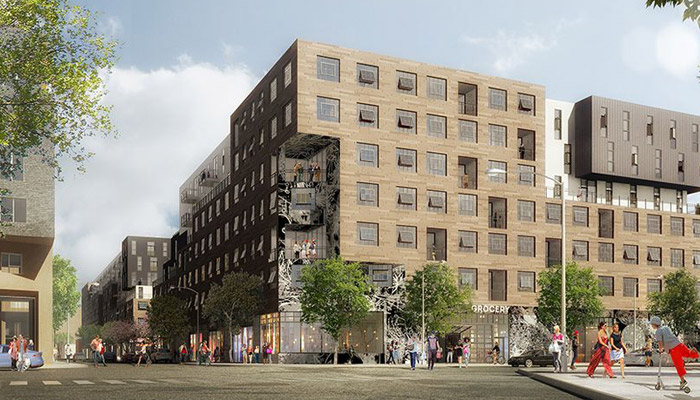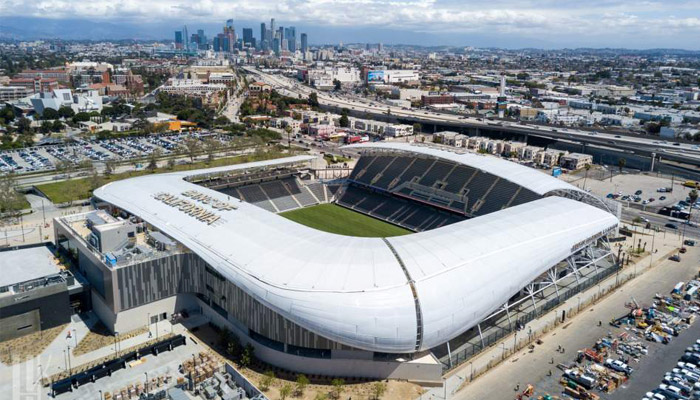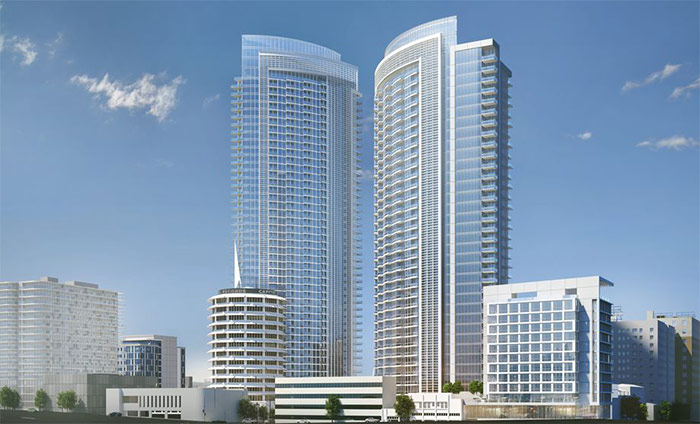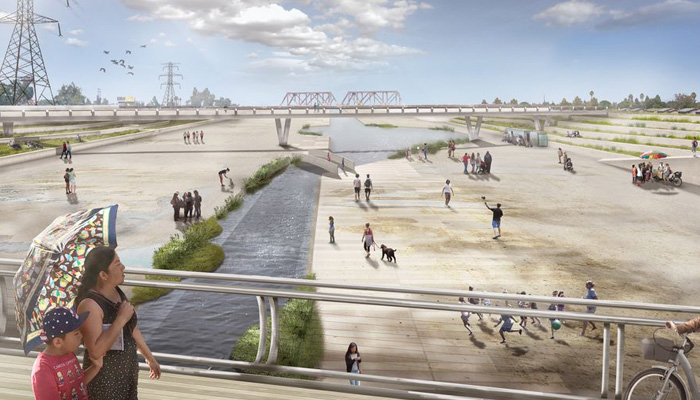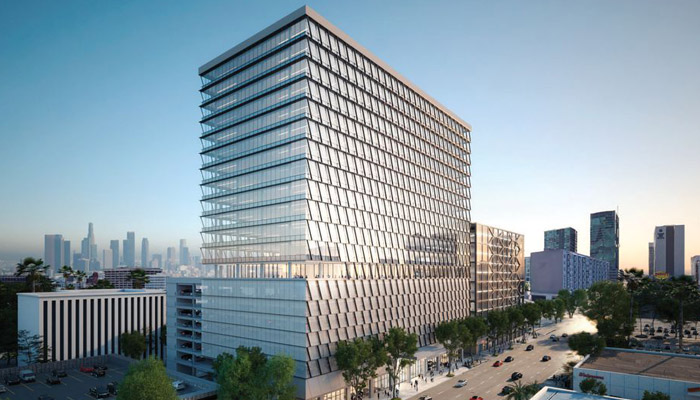
By Bianca Barragan for Curbed Los Angeles | Read the original article here
A plan from the county of Los Angeles to replace and rehab a handful of government offices near Vermont and Sixth streets in Koreatown is moving full steam ahead, with work on one of the new towers expected to begin as soon as this summer.
The Board of Supervisors’ on Tuesday certified the project’s final environmental impact report and approved a wave of funding.
The planned development—hailed as a “victory” for Koreatown—will include a new 21-story office tower and the renovation of an existing 12-story building for use as housing, both developed by Trammell Crow. The complex will also include a new low-rise affordable housing complex with a community center from Meta Housing.
When complete, the new Gensler-designed office building will serve as the new headquarters for the county’s department of mental health and for the county’s workforce development, aging, and community services.
Greg Ames, managing director of the Trammell Crow Company, tells Curbed that work is expected to start this August on the new office tower, with estimated completion in late 2021.
A 12-story building already on the site will be upgraded by and reused as 172 apartments with ground-floor retail and a rooftop amenity deck, designed by Steinberg Architects. This building is now occupied by county workers, who will be moving into the office building once it is complete. Renovations here will begin after the office building is finished in late 2021, and are expected to wrap up in early 2023.
Meta Housing’s six-story affordable housing complex will hold 72 units designated for seniors. This structure, designed by Y&M Architects, will also include a 13,000-square-foot community center.
Trammell Crow was “drawn to the opportunity to have a partnership with the county of Los Angeles for a multi-faced, multi-faceted development,” says Ames. The company is looking forward to “participat[ing] in the revitalization of the Vermont Corridor and really help advance transit-oriented development in Koreatown.”
The board of supervisors approved the Vermont Corridor project in 2016.
